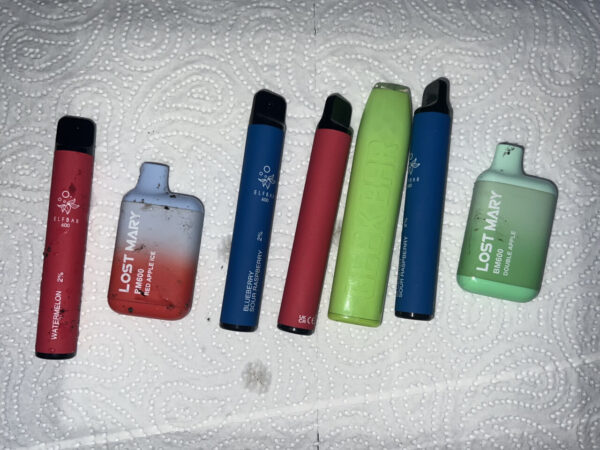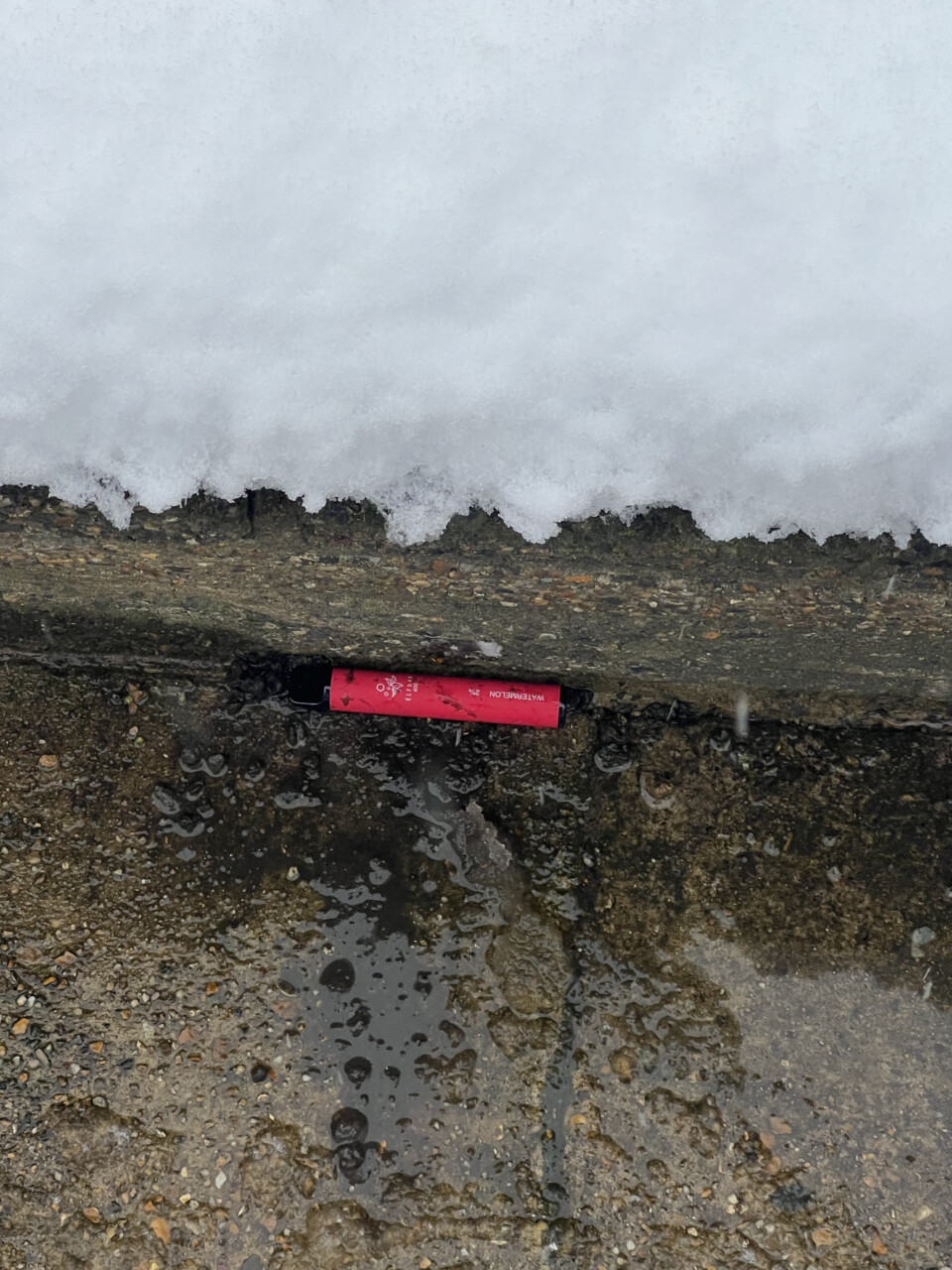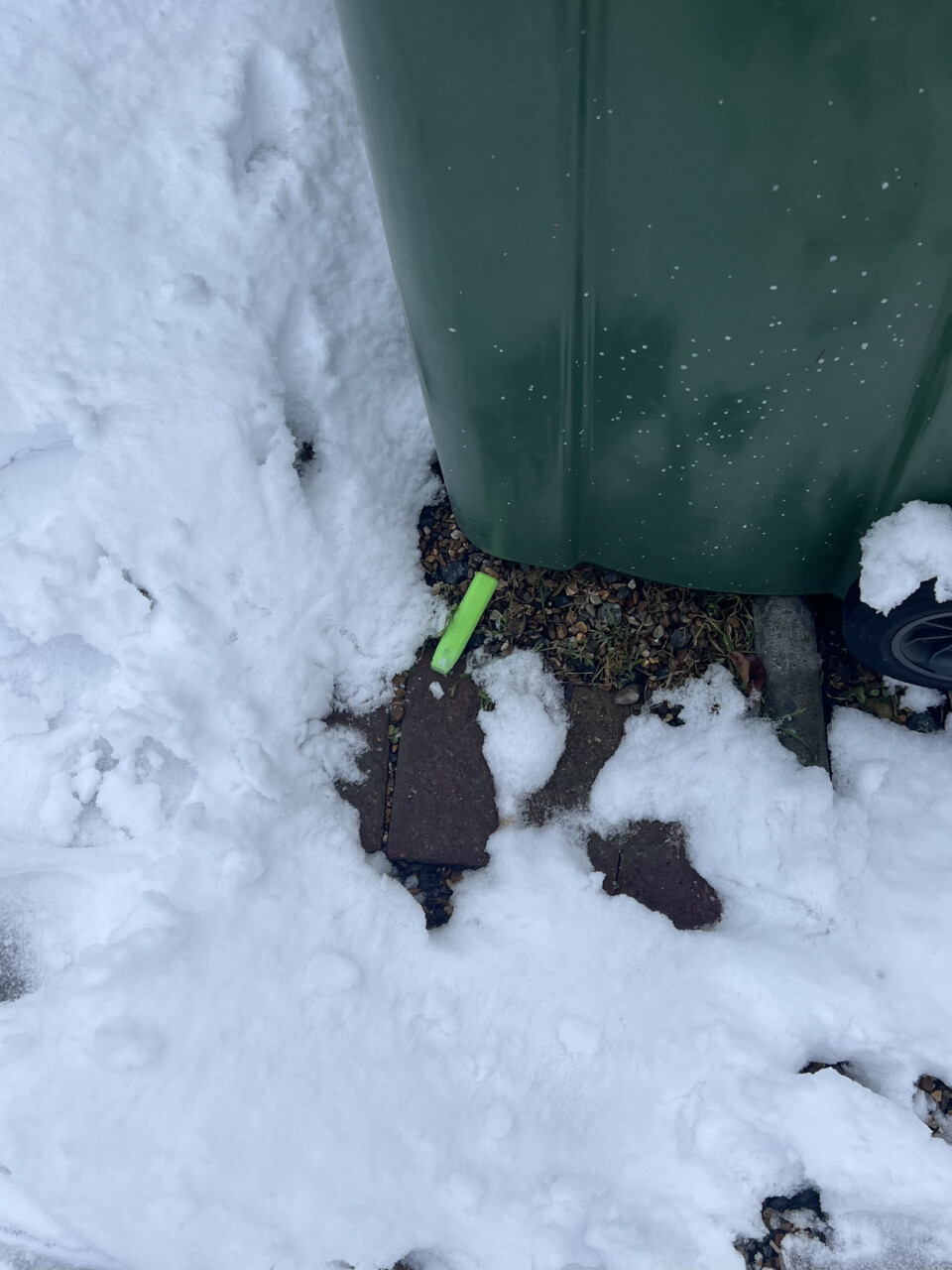YouGov’s annual youth survey carried out in March showed vaping among children 11-17 up from 4% in 2020 to 7% in 2022. A study from Material Focus found that 1.3 million disposable vapes are thrown away every week in the UK. In July 2020 popular disposable vape brand, Elfbar, stopped over 1 million counterfeit disposable vapes from entering the market. Disposable vapes are clearly a problem but that hasn’t stopped them from becoming so popular with smokers, non-smokers, and children.
With their brightly coloured packaging, disco lights, and never-ending plethora of sweet flavourings, it is no shock that disposable vapes are so appealing to children. It is illegal to sell nicotine products to anyone under the age of 18, so how are kids getting their hands on them? Chartered Trading Standards Institute carried out a review of compliance on the sale of disposable vapes to those under 18. Out of 442 under-18s that were sent out to attempt to purchase a disposable vape, 145 were successful. That is a non-compliance rate of 33%. If that isn’t shocking enough, a quarter of those disposable vapes were not up to UK standards and should never have been on sale.
The YouGov survey found that the most common reason for using an e-cigarette amongst young people was ‘because I like the flavours.’ (21%). In 2016, the UK government banned menthol cigarettes for this exact reason because the minty taste was appealing to children. But whilst underage smoking is 2% lower than it was in 2020, underage vaping has risen.
Sophie Nash, 24, told Rising East that her 17-year-old sister vapes ‘purely because they are cheaper than cigarettes and she can smoke them inside without our dad knowing’. Melissa Hunt, 24, told Rising East, ‘The majority of kids on my estate smoke vapes, I’ve never seen any of them with a cigarette which leads me to believe they may think it’s healthier.’. The irony of that is 1 disposable vape containing 600 puffs is the equivalent of 45 cigarettes.
So, why has the government not kept the same energy that it had for menthol cigarettes and banned disposable vapes altogether? Perhaps it’s because the vaping industry is worth £1 billion and, according to the UK Vaping Industry Association, it is currently the UK’s largest growing consumer goods sector.
Disposable vapes have even conquered non-smokers. ‘Just to give it a try’ is the most common reason given by never smokers for using an e-cigarette (65%). Rising East spoke to non-smoker turned vaper, Lucy, about her reasons for using disposable vapes.
Lucy started vaping in October 2021 after she tried her daughter’s Geek Bar. She said, ‘I was stressed about a potential pending redundancy and I liked the taste and feeling of calmness.’ Lucy now goes through 3 disposable vapes a week, the equivalent of 135 cigarettes.
When asked why she prefers vapes over cigarettes, she said, ‘I prefer vaping as I like the flavour, whereas I never liked how cigarettes tasted. It’s almost like eating sweets without the calories and it helps to relax me.’ When she is stressed, Lucy finds herself vaping more than usual but isn’t sure if she is addicted to the nicotine or the association she has made between the action of vaping and calmness.
The environmental impact of disposable vapes needs to be addressed as the industry booms. Despite the name, disposable vapes are not actually disposable. They are classed as waste electrical and electronic equipment (WEEE), meaning they should be disposed of at a household recycling centre or at the shop where they were purchased.
Two disposable vapes, containing the scarce material lithium, are thrown away every second in the UK. This accumulates to 10 tonnes of wasted lithium a year, enough to power the batteries of 1,200 electric vehicles. A typical disposable vape pen contains plastic, copper, rubber and a lithium battery, all of which can be recycled separately, but most of these vapes are not designed to be taken apart easily. This means they are unlikely to be recycled and typically end up littered or in household waste.
To see just how bad the problem is, I decided to brave the snow and go on a hunt for discarded disposable vapes in my local area, Leytonstone. I thought it was going to be difficult as I could only recall seeing littered vapes once or twice, but this time I was actively looking. In just under an hour, I found seven. Some of them were on the edge of roads, which suggests they are thrown out of car windows. I even found one right next to a recycling bin.

The discarded vapes were bagged up and taken to a recycling centre that allows electronic recycling. Incorrect disposal can release plastic, electronic and hazardous chemical waste into the environment. Incorrect battery disposal can cause fires, and health and safety risks at landfill site.
The vape industry has called on the government to provide clearer regulations around disposable vapes. Environmental organisations have campaigned for a ban on them or to stop them being marketed as disposable and put more emphasis on recycling them. The government has said that it will set out plans to reform the existing WEEE regulations ‘in due course’.
For more information on how to recycle your dead vapes, head to: https://www.recycleyourelectricals.org.uk/how-to-recycle-electronics/what-electronics-can-be-recycled/recycle-vapes/





